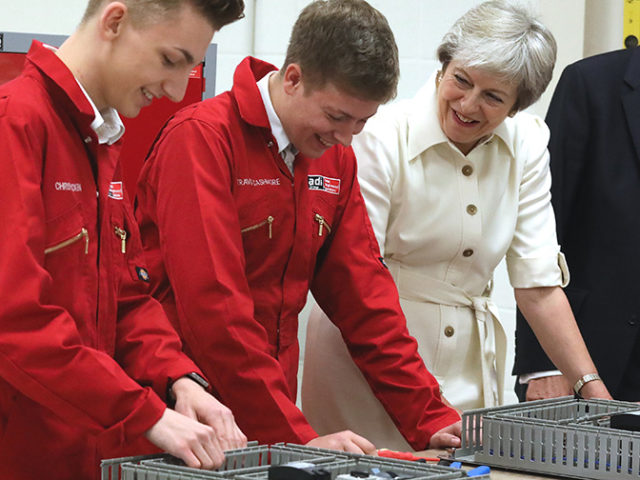Two research groups from ETH Zurich have developed a method that can simulate nanoelectronics devices and their properties realistically, quickly and efficiently. This offers a ray of hope for the industry and data centre operators alike, both of which are struggling with the (over)heating that comes with increasingly small and powerful transistors.
Chip manufacturers are already assembling transistors that measure just a few nanometres across. They are much smaller than a human hair, whose diameter is approximately 20,000 nanometres in the case of finer strands. Now, demand for increasingly powerful supercomputers is driving the industry to develop components that are even smaller and yet more powerful at the same time.
Gordon Bell Prize for simulation booster
However, in addition to physical laws that make it harder to build ultra-scaled transistors, the problem of the ever increasing heat dissipation is putting manufacturers in a tricky situation – partly due to steep rises in cooling requirements and the resulting demand for energy. Cooling the computers already accounts for up to 40 percent of power consumption in some data centres, as the research groups led by ETH professors Torsten Hoefler and Mathieu Luisier report in their latest study, which they hope will allow a better approach to be developed. With their study, the researchers have been awarded the ACM Gordon Bell Prize, the most prestigious prize in the area of supercomputers, which is awarded annually at the SC supercomputing conference in the United States.
To make today’s nanotransistors more efficient, the research group led by Luisier from the Integrated Systems Laboratory (IIS) at ETH Zurich simulates transistors using software named OMEN, which is a so-called quantum transport simulator.
OMEN runs its calculations based on what is known as density functional theory, allowing a realistic simulation of transistors in atomic resolution and at the quantum mechanical level. This simulation visualises how electrical current flows through the nanotransistor and how the electrons interact with crystal vibrations, thus enabling researchers to precisely identify locations where heat is produced. In turn, OMEN also provides useful clues as to where there is room for improvement.
Source: “A simulation booster for nanoelectronics”, Simone Ulmer, Zurich ETH news




